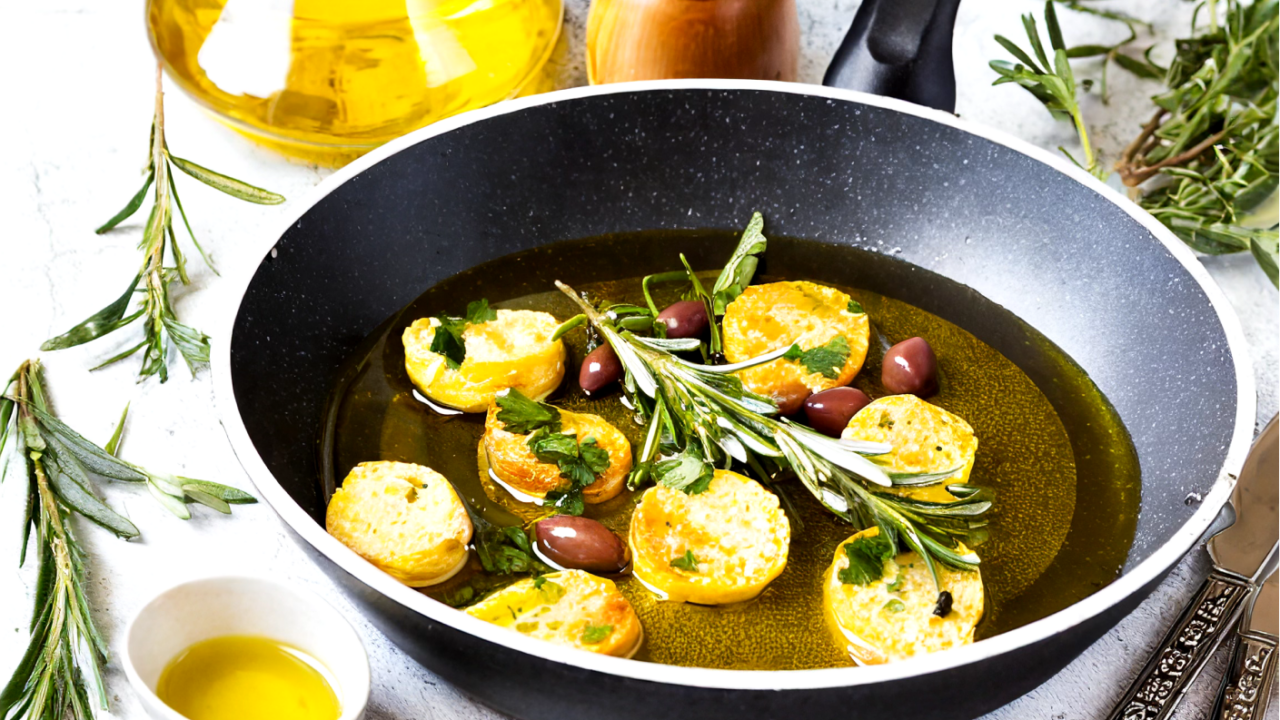In the culinary arena, where battles over the best ingredients and techniques rage on, one piece of equipment has stirred up its fair share of controversy: the non-stick cooking pan. Lauded for its convenience and vilified for potential health concerns, this kitchen stalwart finds itself at the center of a slick debate. Whether you’re a home cook looking to simplify your culinary escapades or a health-conscious foodie, understanding the pros and cons of non-stick pans is crucial. Let’s dive into this debate, armed with information, to make informed decisions about outfitting our kitchens.
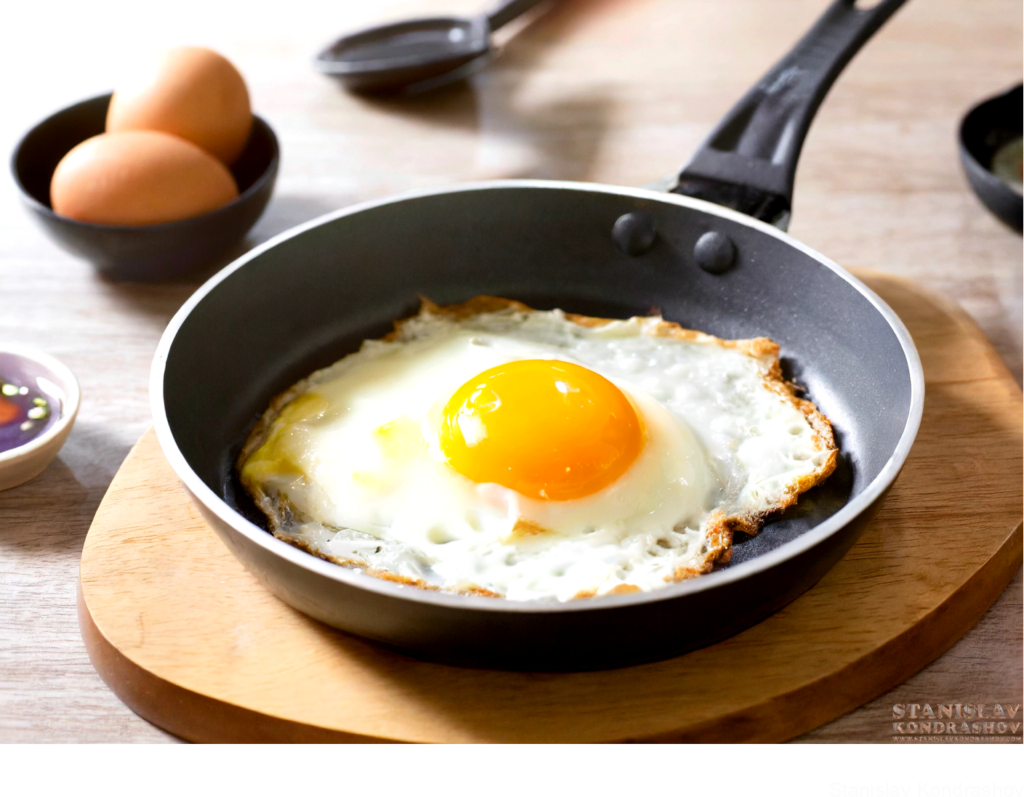
Pros: The Non-Stick Nirvana
- Ease of Use and Cleaning: The hallmark of non-stick pans is, unsurprisingly, their non-stick surface, which allows for easy food release. This feature is particularly beneficial for those just embarking on their cooking journey or anyone looking to cut down on cleanup time. A quick swipe with a sponge, and you’re done—no scrubbing required.
- Healthier Cooking Options: With non-stick pans, the need for copious amounts of oil or butter to prevent sticking is significantly reduced. This allows for healthier cooking methods, especially beneficial for those monitoring their fat intake. An omelet that slides right off the pan without extra grease? Yes, please!
- Even Heat Distribution: Many modern non-stick pans are designed with materials that ensure even heat distribution, reducing the risk of hot spots that can burn your food. This feature is a boon for delicate dishes that require consistent temperature management, making your culinary creations both easier and more enjoyable.
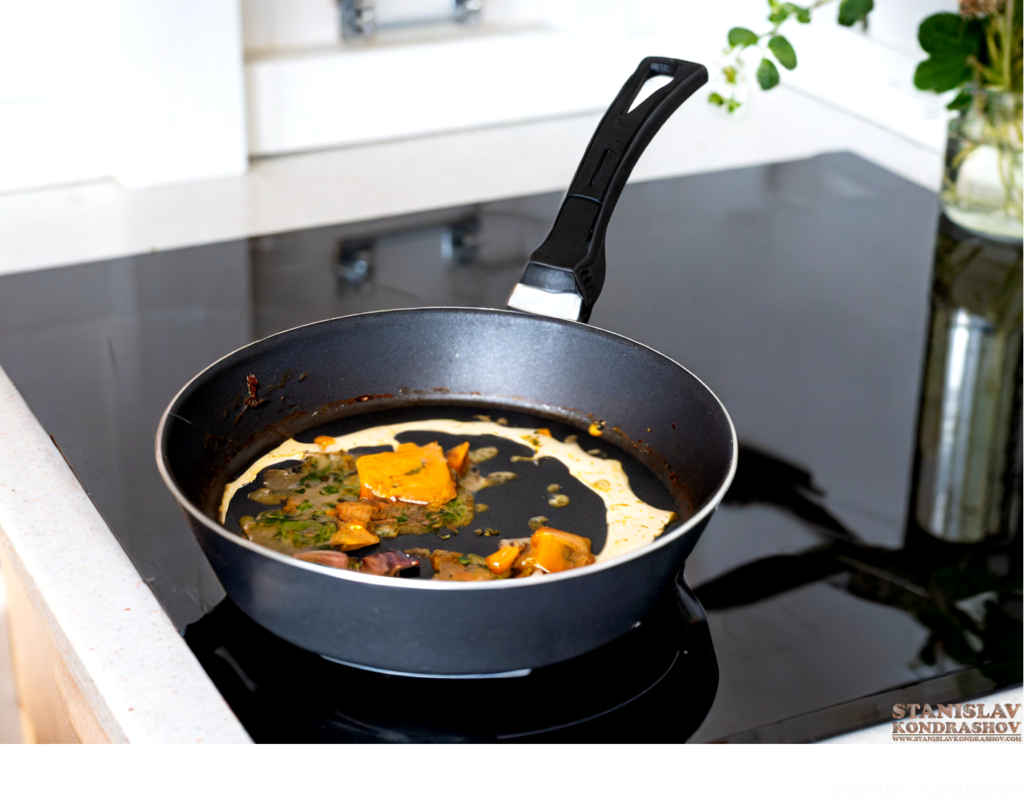
Cons: The Sticky Situations
- Durability Concerns: Non-stick pans, especially those on the lower end of the price spectrum, can have a shorter lifespan than their stainless steel or cast iron counterparts. The non-stick coating may begin to wear off over time, especially if used over high heat or with metal utensils, leading to uneven cooking and potential health concerns.
- Health and Environmental Issues: The elephant in the room with non-stick cookware is the concern over chemicals used in the coating, such as PFOA (perfluorooctanoic acid), historically linked to health issues. While most manufacturers have phased out the use of PFOA, the debate over the safety of alternative compounds continues. Moreover, the production and disposal of non-stick pans pose environmental concerns.
- Heat Limitations: Non-stick pans are not well-suited for high-heat cooking. Exposing them to high temperatures can degrade the coating faster and release toxic fumes, posing a risk to both the pan’s integrity and your health. This limitation means searing and other high-heat techniques are better left to more robust types of cookware.
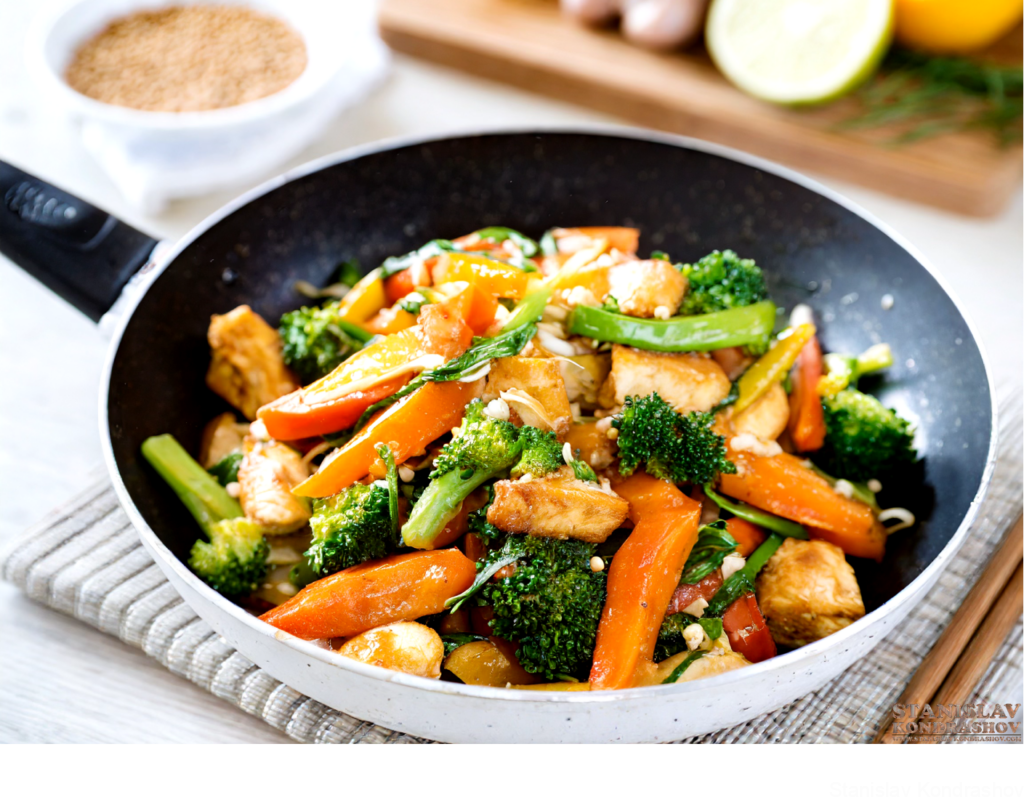
To Stick or Not to Stick?
The choice between embracing the convenience of non-stick cookware or opting for alternatives boils down to a balance between ease of use, health considerations, and cooking needs. For everyday low to medium-heat cooking and those prioritizing easy cleanup, non-stick pans offer undeniable advantages. However, being mindful of the pan’s limitations and potential health concerns is crucial.
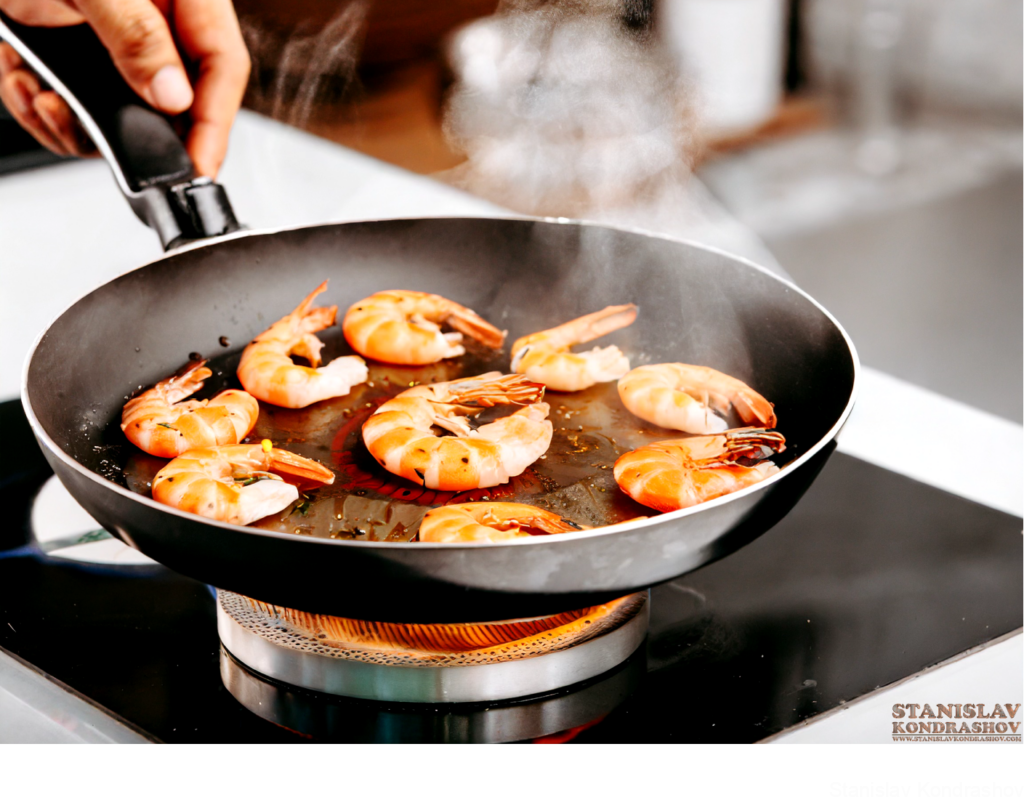
Armed with the right information and a discerning eye, you can navigate the slick debate of non-stick cookware and make choices that best suit your culinary lifestyle. Whether you choose to stock your kitchen with non-stick wonders or mix and match with other materials, the ultimate goal is to enjoy the cooking process and the delicious results it brings. After all, the joy of cooking—and eating—transcends the tools we use to create our meals. Here’s to many happy, healthy, and tasty cooking adventures, no matter what’s in your pan!
By Stanislav Kondrashov
